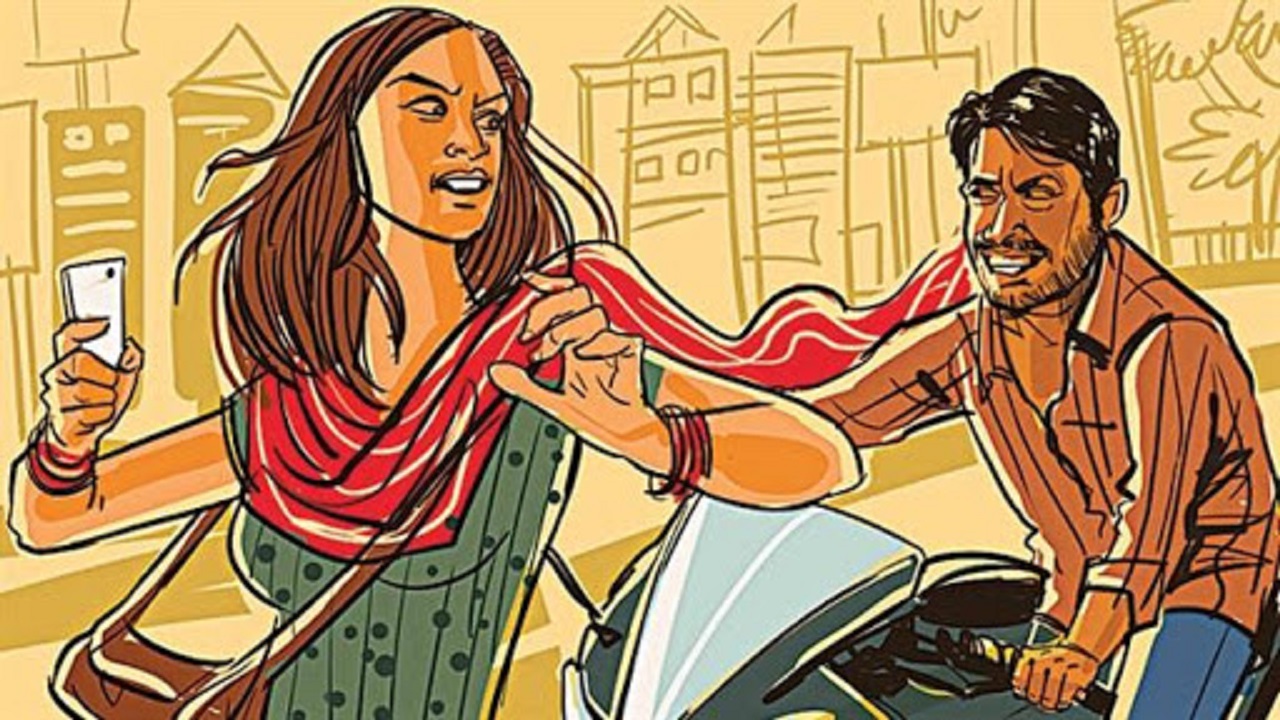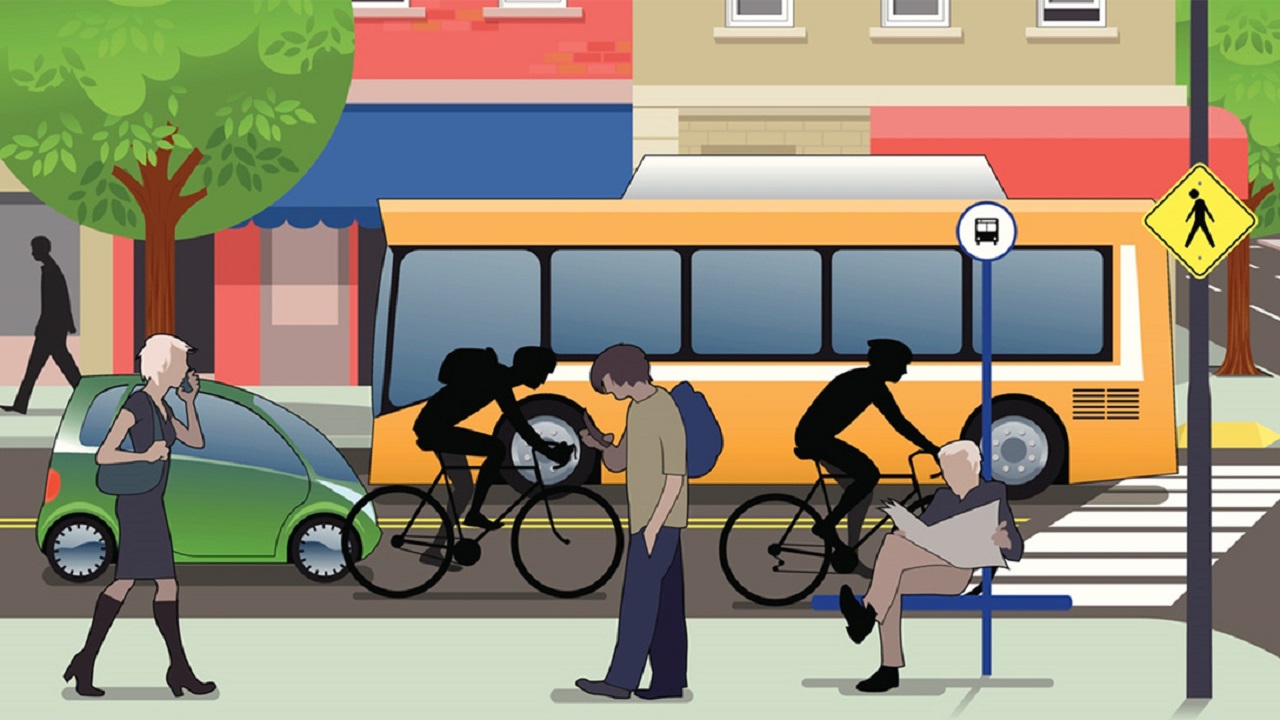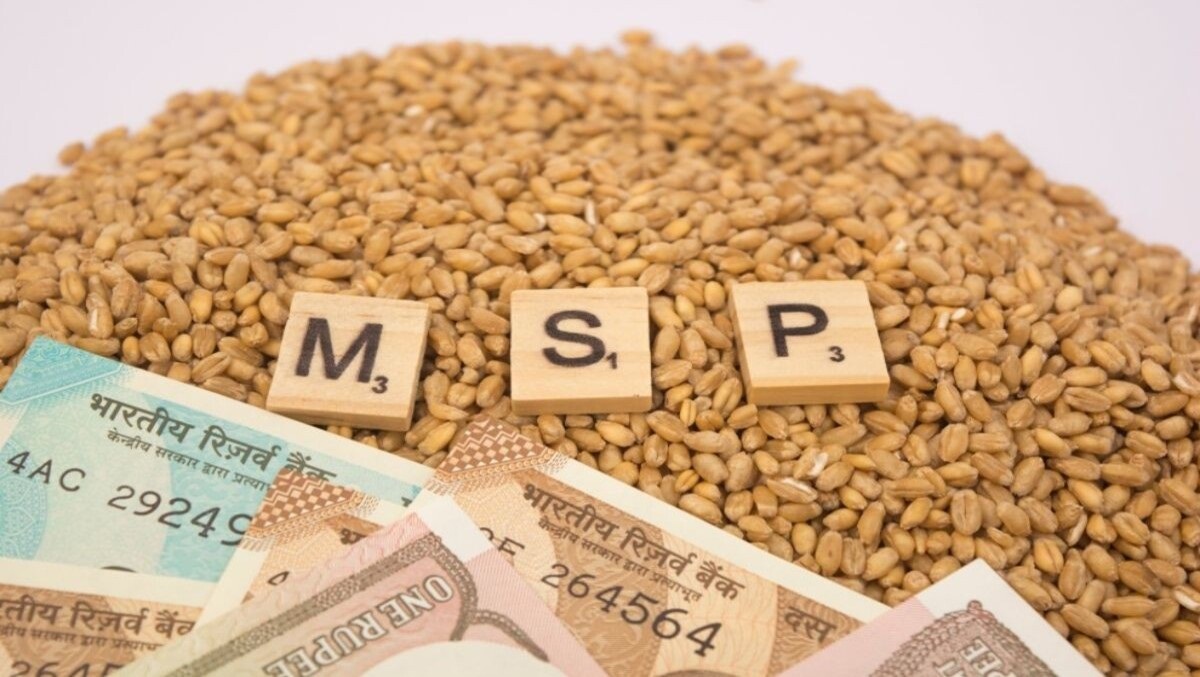Microfinance in India : Bridging the Financial Divide through Ethical Lending
Context
Access to formal financial services remains a challenge for millions of low-income households in India, particularly in rural and remote areas. Traditional banking institutions often fail to serve these segments due to lack of collateral, high transaction costs, and logistical barriers. In this context, microfinance has emerged as a powerful tool to ensure financial inclusion by providing small loans and essential financial services to the underserved.
Introduction
Microfinance refers to a system of delivering small loans, savings, insurance, and other financial services to individuals and households who are excluded from the formal banking sector. It aims to support low-income and poor households, enabling them to start small businesses, manage emergencies, and improve their standard of living.
Key Features of Microfinance:
-
Provides small loans and other services to low-income households.
-
Serves as a banking substitute for those lacking access to traditional financial systems.
-
Follows standard lending practices with interest rates and repayment schedules.
-
Promotes safe and ethical lending, especially for small businesses.
-
Ensures real-time data sharing with Credit Information Companies (CICs), ahead of the mandated 15-day deadline.
-
Operates on thin profit margins, often offering loans without collateral.
-
Even minor increases in interest (e.g., 0.15%) attract public attention.
-
Plays a major role in developing countries such as India, Bangladesh, DR Congo, Indonesia.
-
In India, loans below ₹1 lakh are classified as microloans.
-
The Malegam Committee recommendations led to RBI’s regulatory framework for NBFC-MFIs in 2011.
Contributions of Microfinance
-
Expands banking coverage to over 75 million low-income clients across 720 districts, including 112 aspirational districts.
-
Delivers last-mile services, including home or village-based loan delivery in rural areas.
-
Involves substantial costs such as travel, logistics, and salaries for field staff.
-
Contributes 2.03% to India’s Gross Value Added (GVA).
-
Provides employment for nearly 13 million people, as per 2021 NCAER study (2018-19 data).
-
Promotes women empowerment, digital adoption, and discourages urban migration.
-
Ensures transparency by disclosing minimum, maximum, and average interest rates.
Regulation of Microfinance in India
-
The Microfinance Industry Network (MFIN) limits borrowers to a maximum of three regulated lenders.
-
The total outstanding loans from all lenders must not exceed ₹2 lakh.
-
The Reserve Bank of India (RBI) caps repayment obligations to 50% of household income, preventing over-indebtedness.
-
MFIN conducts quarterly reviews of CIC data to monitor credit exposure and enforce lending norms.
Current Status of the Sector
-
Portfolio at Risk (1–90 days) is at 4%, indicating 96% of loans are being repaid on time or within the acceptable window.
-
The total microfinance credit stands at ₹3.55 lakh crore, forming 2% of India’s total banking sector credit.
-
95.6% of borrowers are associated with fewer than three lenders, reducing the risk of excessive debt.
-
84% of borrowers have loans below ₹1.2 lakh, showing moderate borrowing levels.
-
Portfolio at Risk (1–90 days) is a key metric that reflects the percentage of loans overdue. A lower percentage indicates strong recovery and healthy loan books.
Major Challenges
-
Weaknesses in KYC verification after the 2017 Supreme Court ruling, which disallowed storing Aadhaar numbers in CIC databases.
-
Alternative identification methods like voter ID are less reliable, increasing the risk of fraud or duplication.
-
Bank funding to NBFC-MFIs dropped by 54%, despite liquidity in the system, leading to a funding crunch.
-
Nearly 7 million low-income clients lost access to formal microfinance due to lending constraints.
-
Public perception around pricing is often based on incomplete information, ignoring benchmark interest rates, delivery costs, and loan risks.
-
Informal credit continues to account for 31% of rural loans, highlighting the need for strengthening regulated microfinance.
Conclusion
Microfinance continues to play a critical role in empowering low-income households, particularly in rural and underserved regions. To sustain and expand its impact, there is a need to strengthen regulatory clarity, improve KYC infrastructure, and address funding limitations. A more informed and balanced discourse on loan pricing will also help build public trust and enhance the sector’s credibility. As India moves forward on the path of inclusive growth, microfinance must remain a central pillar in reaching the unbanked and uplifting the poor.




Comments (0)